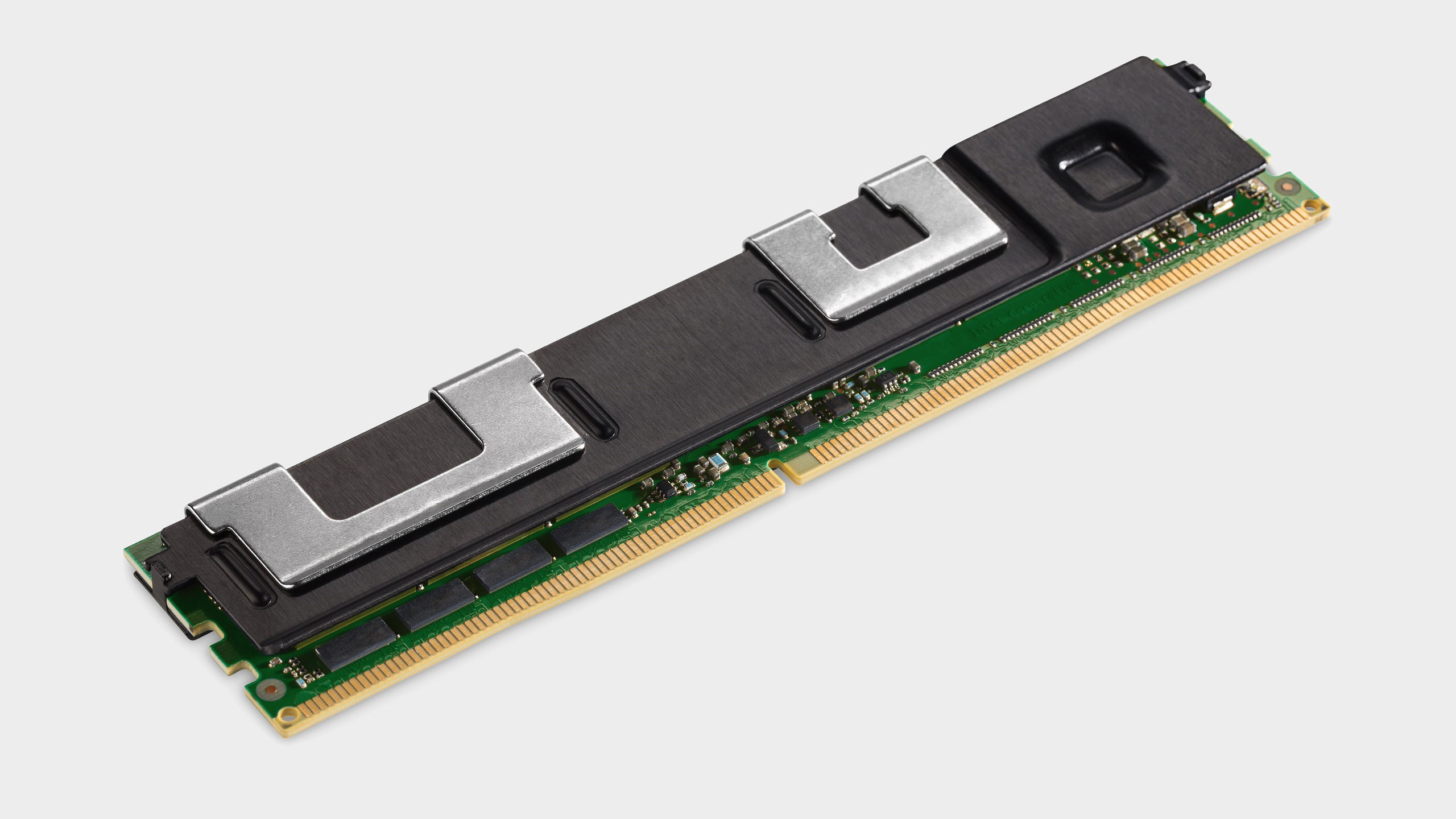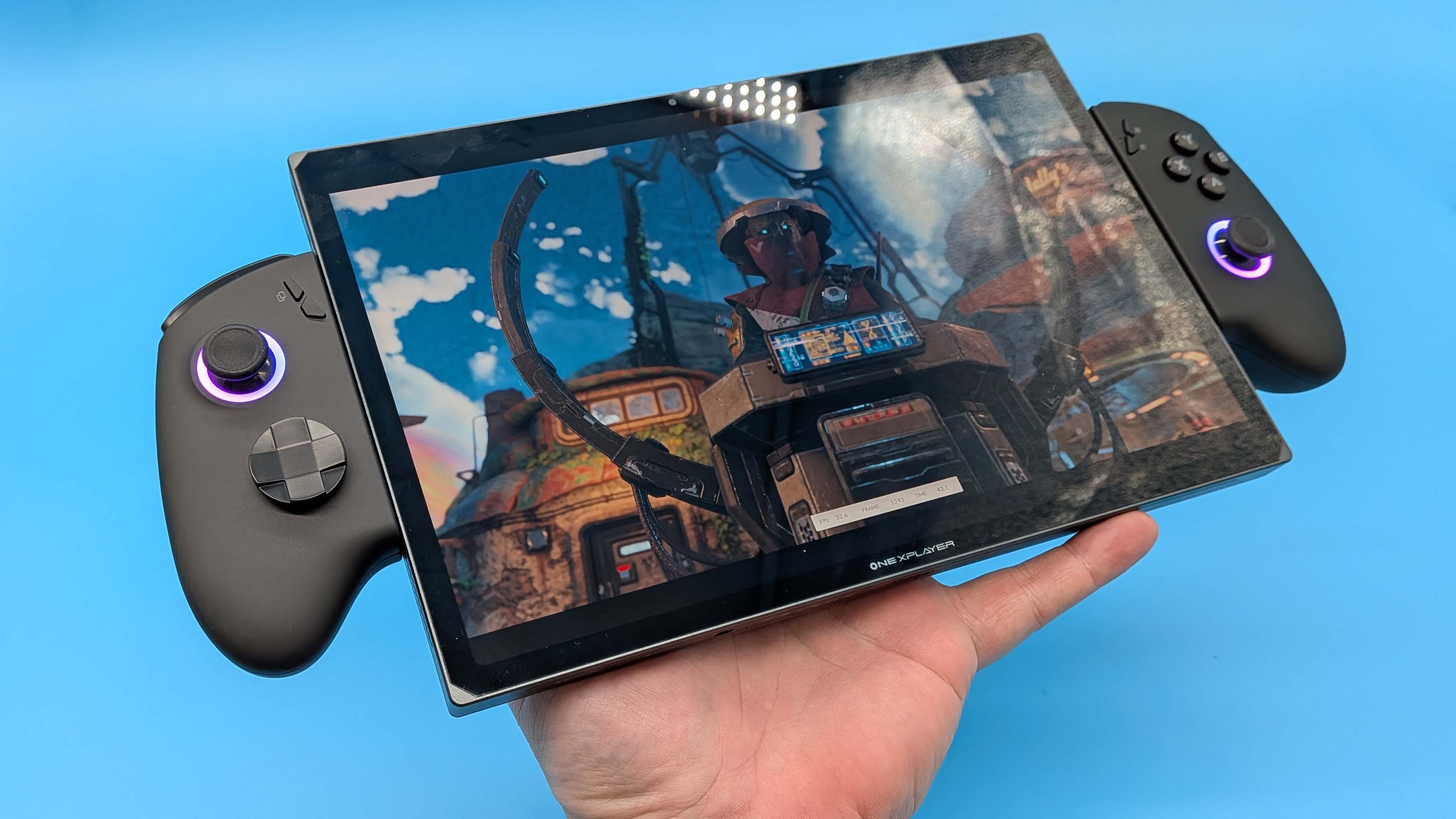How would you like a 512GB RAM module in a future PC?
Intel's Optane DC Persistent Memory aims to bridge the gap between RAM and SSDs.
When Intel first talked about 3D XPoint Technology back in 2015, we heard claims of it reaching 1000X the performance of NAND memory. The problem with such a claim is that even the fastest PCIe interface can't come anywhere near that figure. Since Optane drives first became available, there have been rumblings that we'd see 3D XPoint make its way into some form of server DIMM. That product now has a name: Optane DC Persistent Memory, which is a mouthful, so I'm going to call it Optane DC PM.
As the name implies, Optane DC PM is for the datacenter—we're not likely to see this in desktops or laptops any time soon. The form factor looks the same as a regular DIMM, and each Optane DC PM module can hold up to 512GB. For certain workloads, Optane DC PM is likely to be a far more cost-effective solution than adding more RAM and/or servers, and it enables up to 3TB of 'memory' per server node. Also, note that the platform is stated as "future Intel Xeon scalable processors," so Optane DC PM isn't available yet.
Intel doesn't go into full specifics of the technology, requirements, or performance, but does note that early results have shown restart times go from minutes to seconds, more server instances (for virtualization), a 9.4X increase in database operations per second, with 11X as many users.
Intel, please send me four modules for testing, along with the requisite server hardware. I'm sure I'll find a use for it!
Keep up to date with the most important stories and the best deals, as picked by the PC Gamer team.
Jarred's love of computers dates back to the dark ages when his dad brought home a DOS 2.3 PC and he left his C-64 behind. He eventually built his first custom PC in 1990 with a 286 12MHz, only to discover it was already woefully outdated when Wing Commander was released a few months later. He holds a BS in Computer Science from Brigham Young University and has been working as a tech journalist since 2004, writing for AnandTech, Maximum PC, and PC Gamer. From the first S3 Virge '3D decelerators' to today's GPUs, Jarred keeps up with all the latest graphics trends and is the one to ask about game performance.



